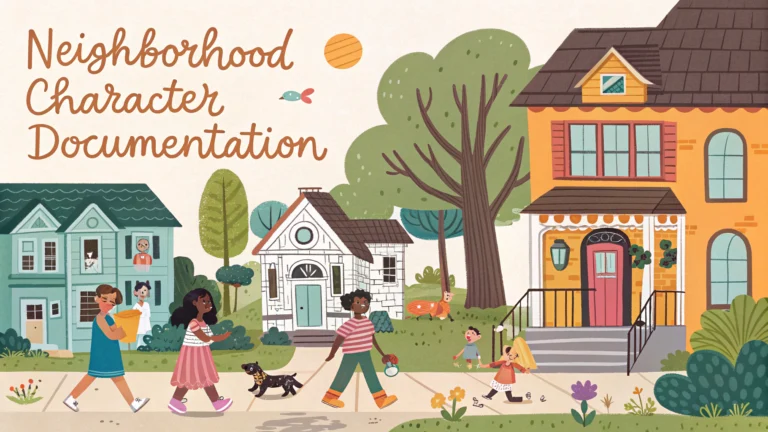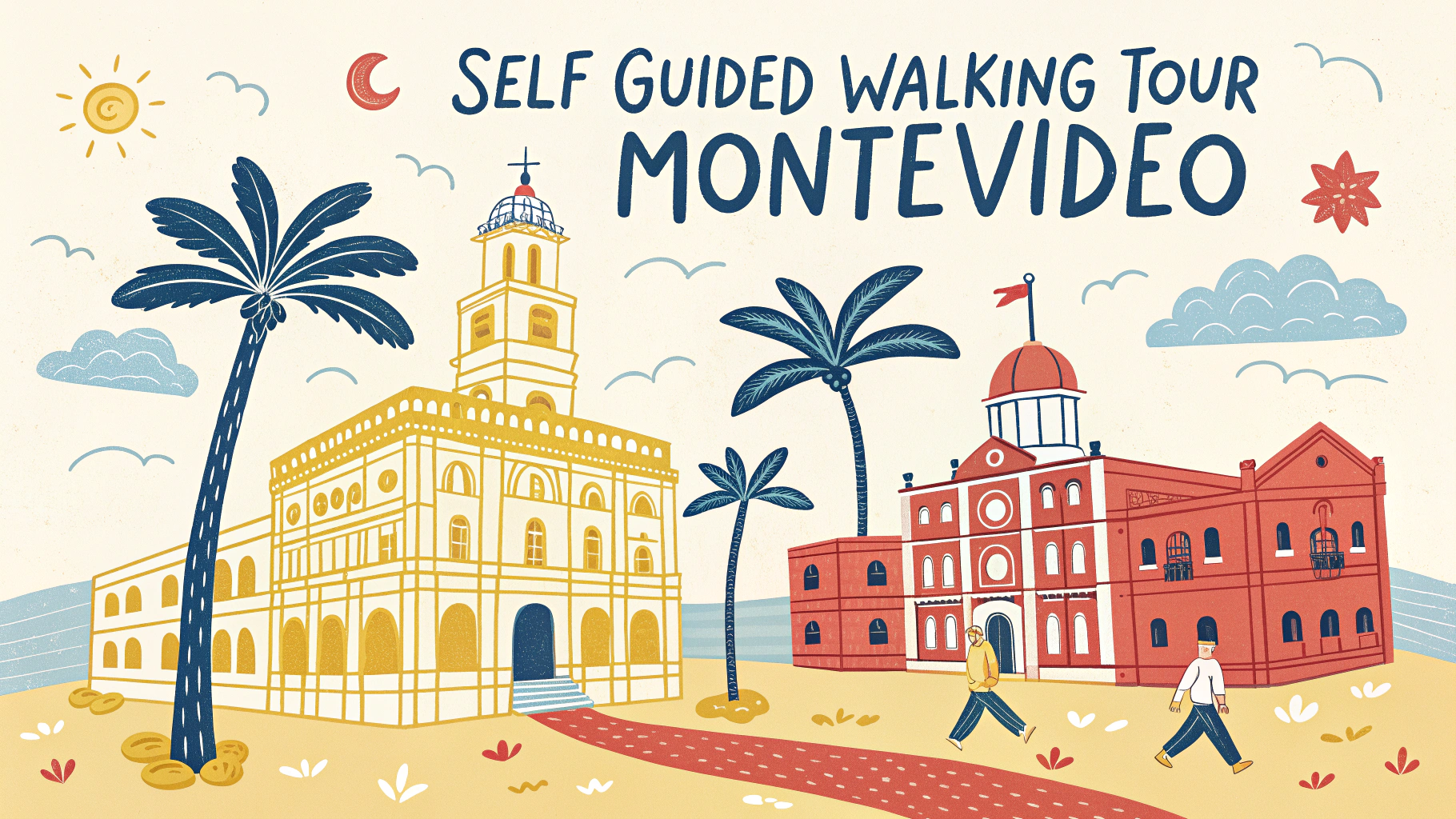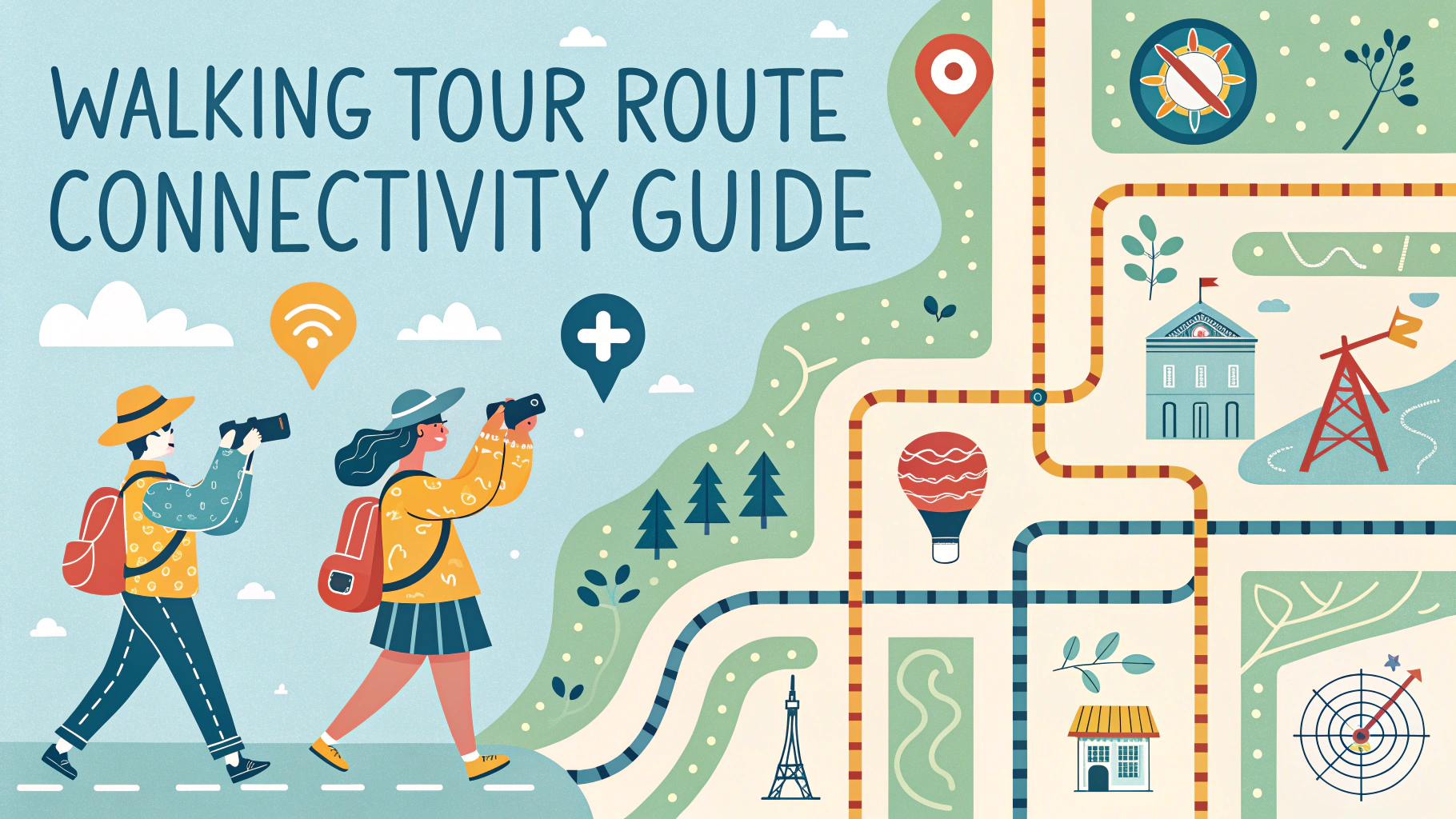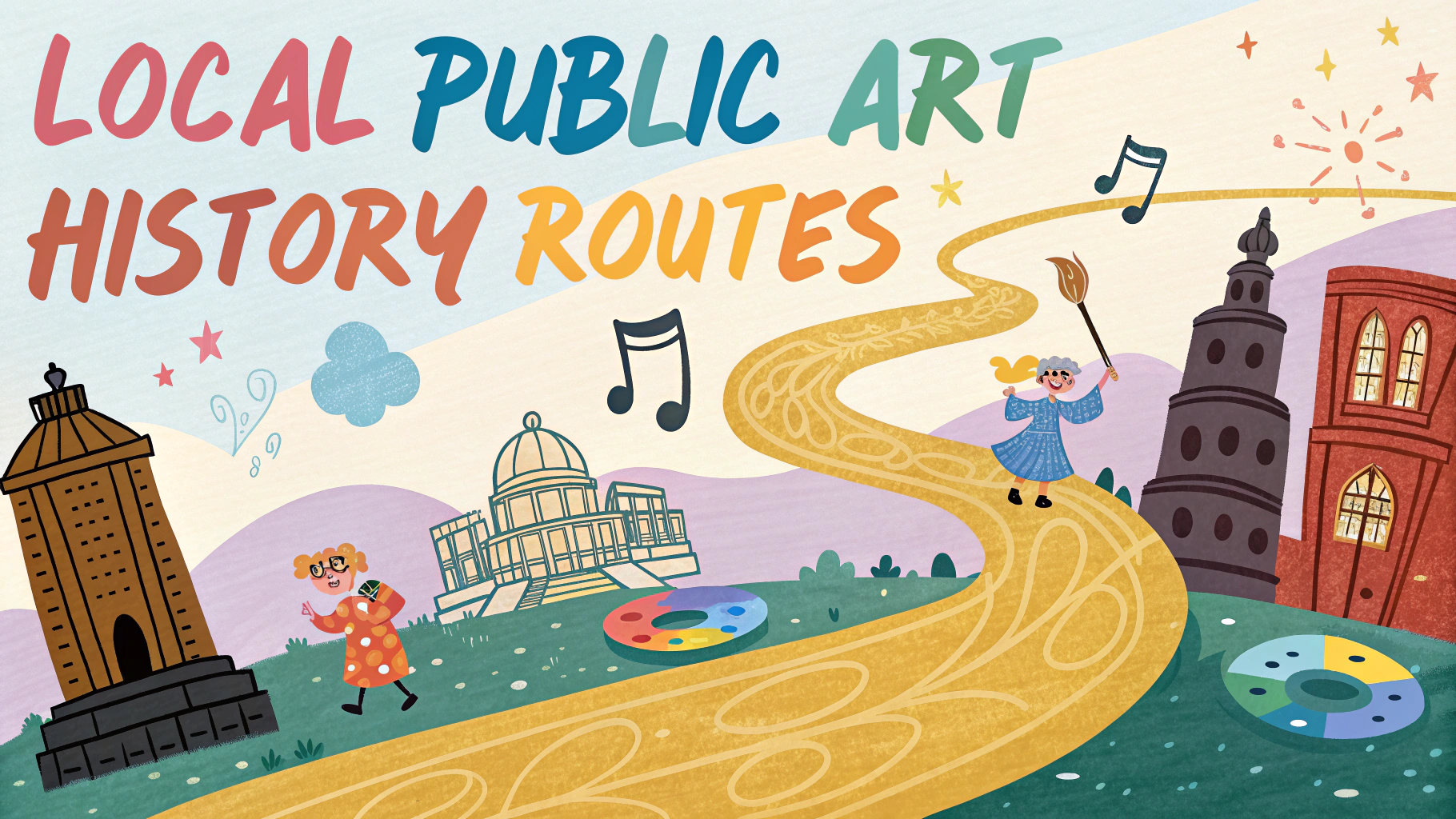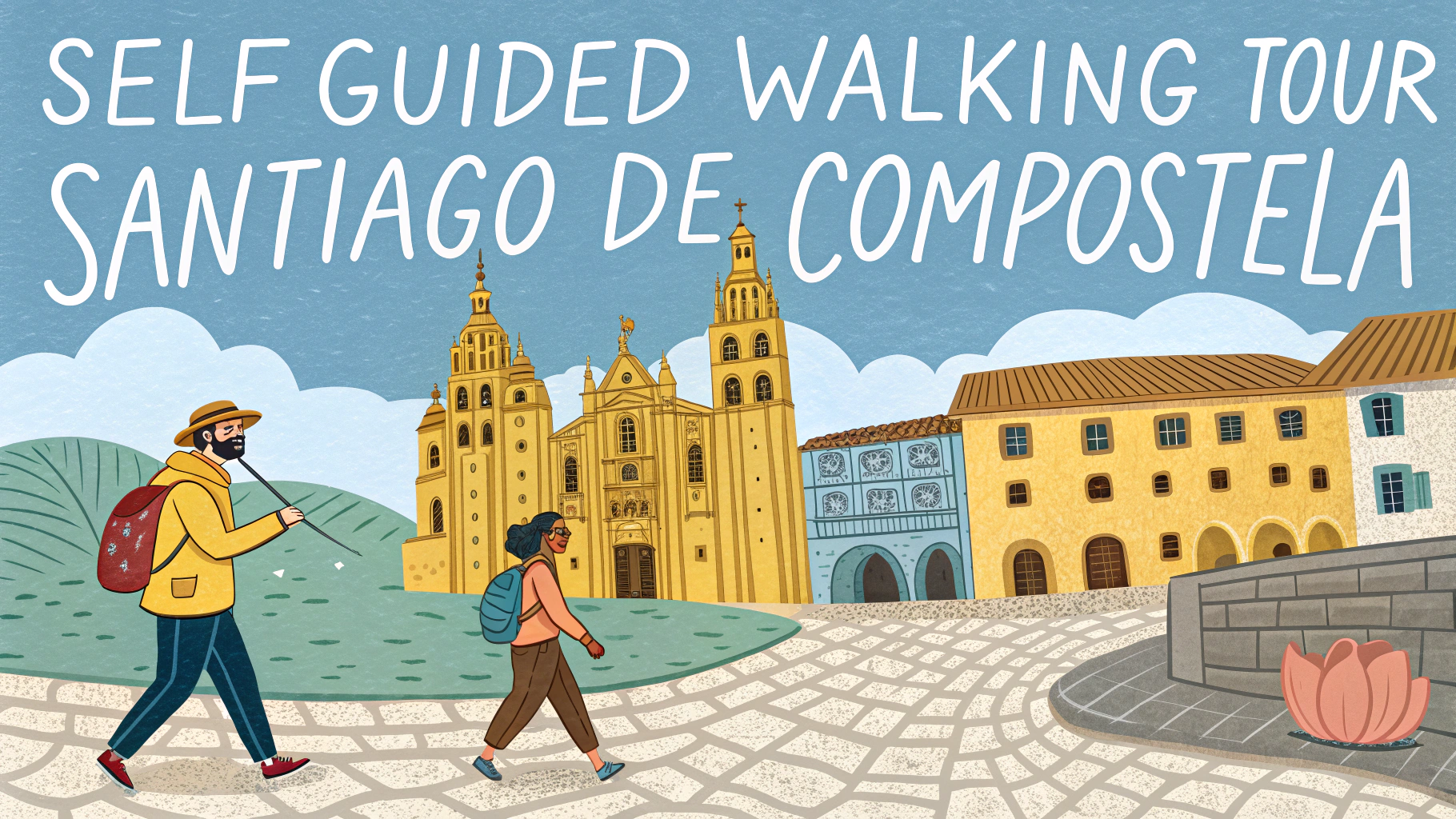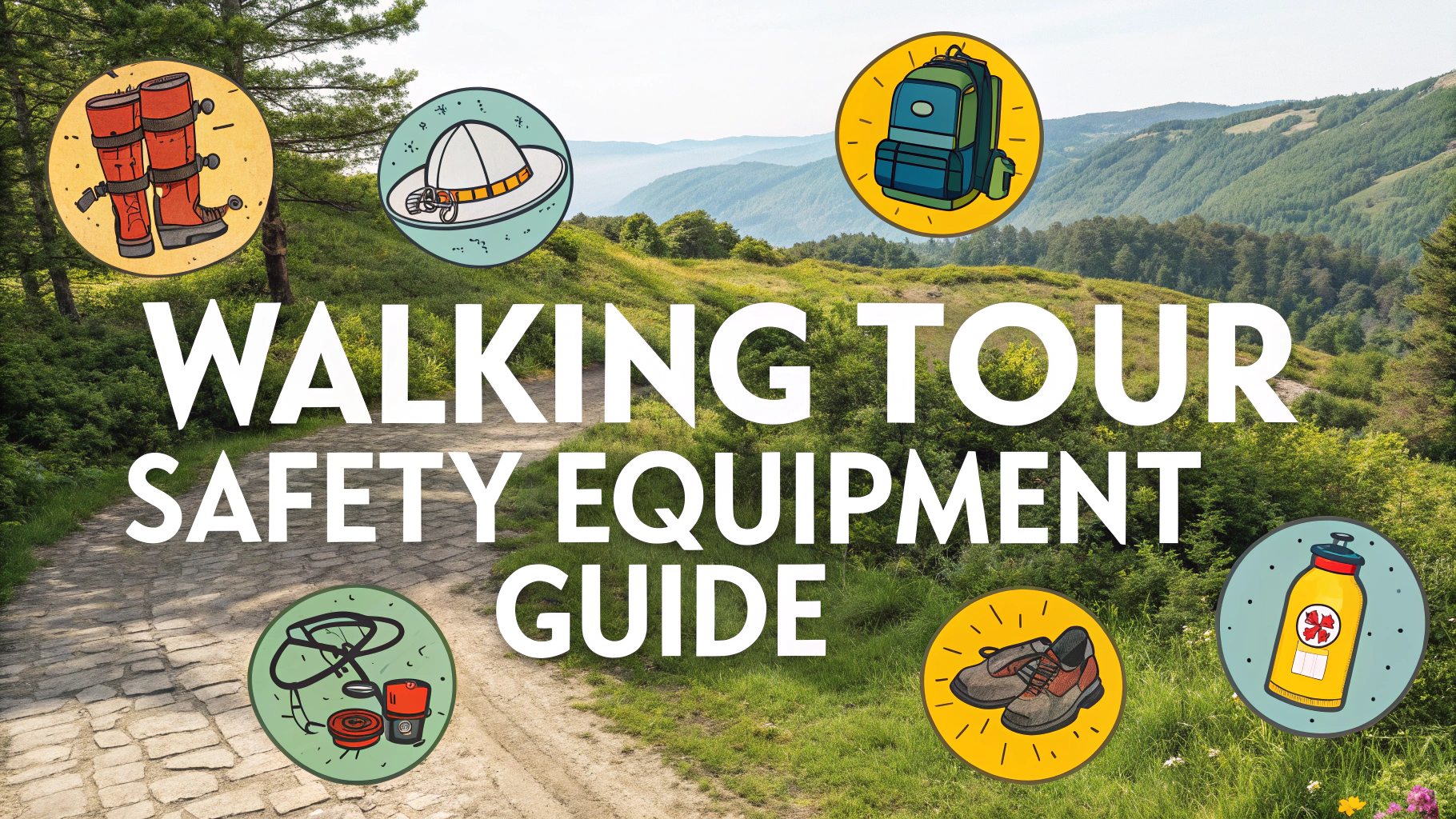Neighborhood character documentation and self-guided walking tours help preserve local history while offering enjoyable ways to explore urban areas.
A well-designed walking tour reveals the unique architectural styles, cultural landmarks, and historical significance of different neighborhoods.
Creating Your Own Walking Tour
- Research historical records and local archives
- Map out points of interest with GPS coordinates
- Take detailed photos of buildings and landmarks
- Interview longtime residents for personal stories
- Document architectural styles and dates
Essential Elements to Document
- Building materials and construction methods
- Architectural details and ornamentation
- Historical events and notable residents
- Changes in neighborhood boundaries over time
- Local businesses and their evolution
- Cultural traditions and community gatherings
Digital Documentation Tools
- Google My Maps – Create custom routes with pinned locations
- StoryMapJS – Build interactive historical narratives
- PocketSights – Design mobile-friendly walking tours
- izi.TRAVEL – Create audio guides and virtual tours
Best Practices for Tour Design
Keep walking routes under 2 miles to maintain visitor interest and energy levels.
Include regular rest stops at public spaces, cafes, or benches along the route.
Create themed routes focusing on specific aspects like architecture, public art, or local history.
Provide clear directions and approximate walking times between stops.
Accessibility Considerations
- Note sidewalk conditions and curb cuts
- Identify accessible restroom locations
- Mark elevation changes and stairs
- List public transportation options
- Include parking information
Documentation Resources
- Local historical societies
- City planning departments
- Public libraries’ local history sections
- Municipal archives
- Online databases like Library of Congress
| Tour Type | Ideal Length | Key Features |
|---|---|---|
| Architecture Focus | 1.5 miles | Building styles, dates, materials |
| Cultural Heritage | 1 mile | Community landmarks, traditions |
| Historical Events | 2 miles | Timeline stops, historical markers |
Share completed documentation with local preservation groups and tourism offices to help maintain neighborhood history.
Promoting Your Walking Tour
- Partner with local tourism offices
- Share on social media platforms
- Create printable brochures
- Organize guided group walks
- Connect with historical societies
Maintaining Tour Content
Regular Updates
- Verify business information quarterly
- Update photos seasonally
- Check route conditions monthly
- Review historical accuracy annually
Community Engagement
- Collect visitor feedback
- Incorporate community suggestions
- Document neighborhood changes
- Add new historical discoveries
Educational Opportunities
Partner with local schools to create educational programs around neighborhood history and architecture.
Develop age-appropriate activities for students exploring local heritage.
- Scavenger hunts for architectural features
- Historical reenactments at significant locations
- Photography projects documenting changes
- Oral history collection programs
Conclusion
Neighborhood documentation and walking tours serve as vital tools for preserving local history and fostering community engagement. Through careful research, digital tools, and regular updates, these resources can provide lasting value for residents and visitors alike.
Successful walking tours require ongoing maintenance and community involvement to remain relevant and accurate. By following best practices and considering accessibility, tours can educate and engage diverse audiences while protecting neighborhood heritage for future generations.
FAQs
- What is a neighborhood character documentation walking tour?
A self-guided walking tour designed to document and observe the unique architectural styles, historical features, cultural elements, and overall atmosphere that make up a neighborhood’s distinct identity. - What equipment do I need for documenting neighborhood character?
A camera or smartphone, notebook, comfortable walking shoes, area map, and weather-appropriate clothing. Optional items include a measuring tape, compass, and sketch pad. - How long should a neighborhood character walking tour take?
Most effective documentation tours take 2-3 hours to complete, covering approximately 1-2 miles of a neighborhood to properly observe and document key features. - What architectural elements should I document during the tour?
Building heights, materials, window styles, roof types, ornamental details, setbacks from street, porches, entry features, and any distinctive architectural patterns in the neighborhood. - How do I document the streetscape elements?
Record sidewalk width, street trees, lighting fixtures, street furniture, signage, parking arrangements, and the relationship between buildings and public spaces. - What social and cultural aspects should I observe?
Community gathering spaces, local businesses, cultural institutions, public art, activities of residents, and signs of community interaction or neighborhood identity. - How should I organize my documentation notes?
Create separate categories for architecture, streetscape, land use, social elements, and distinctive features. Include location references and time of observation. - What is the best time to conduct a neighborhood character tour?
Daylight hours during moderate weather, with multiple visits at different times of day and different days of the week to capture varying activity patterns. - How do I document the neighborhood boundaries and transitions?
Note where architectural styles, land uses, or street patterns change, and document gateway features or natural boundaries that define the neighborhood edges. - What historical elements should I look for during the tour?
Historical markers, date stones on buildings, original street features, adaptive reuse of older structures, and architectural elements from different time periods.
